‘A carpet of yellow’: Roman flowers bloom in January
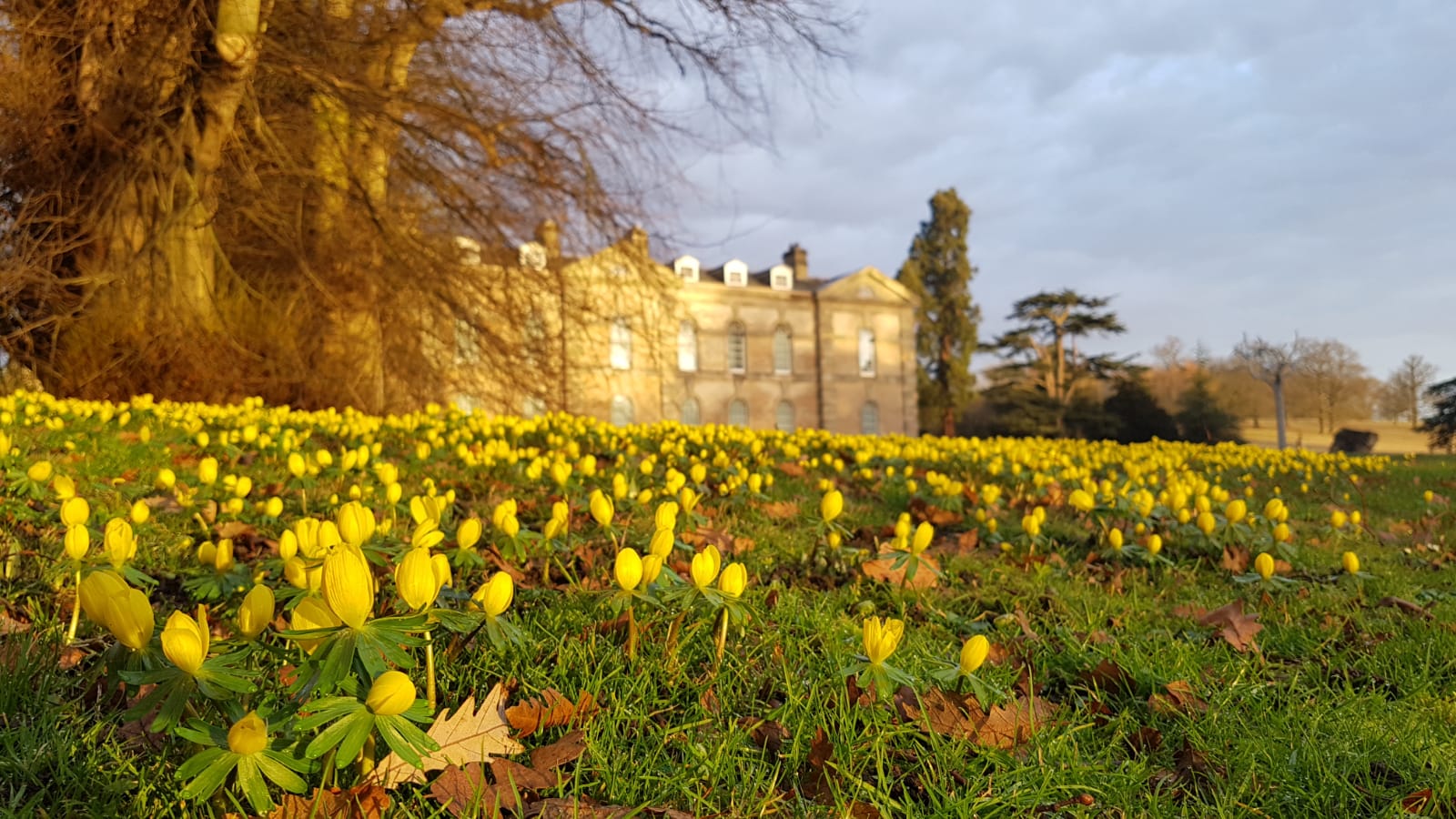
We’re lucky to have a diverse and historic landscape here at Compton Verney; from the remnants of a Saxon settlement to Lancelot ‘Capability’ Brown’s renowned gardening. Right now, you can see evidence of planting from the 18th-19th century as our iconic Winter Aconites bloom, adding a bright sea of yellow to a wintery scene.
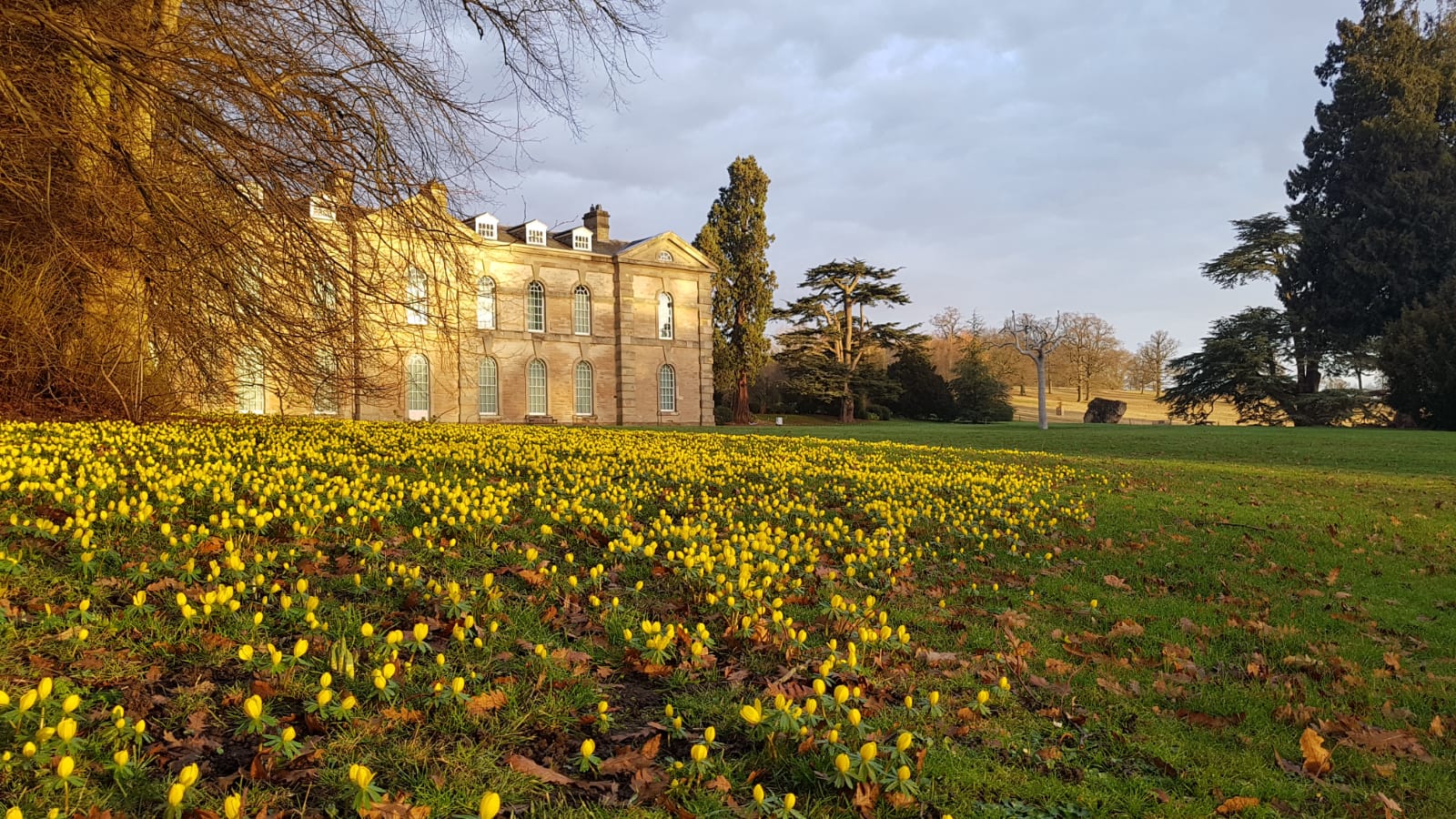
A native of Southern Europe, Winter Aconites naturalised in Great Britain over many centuries after, most likely, being brought over by the Romans. They are characterised by a single yellow flower and dark green leaves that will push through layers of frost and snow as they grow in Winter. Shoots appear in late December and these powerful little flowers bloom from early January for about 3 weeks, preceding some of the earliest florals like crocus and snowdrops.
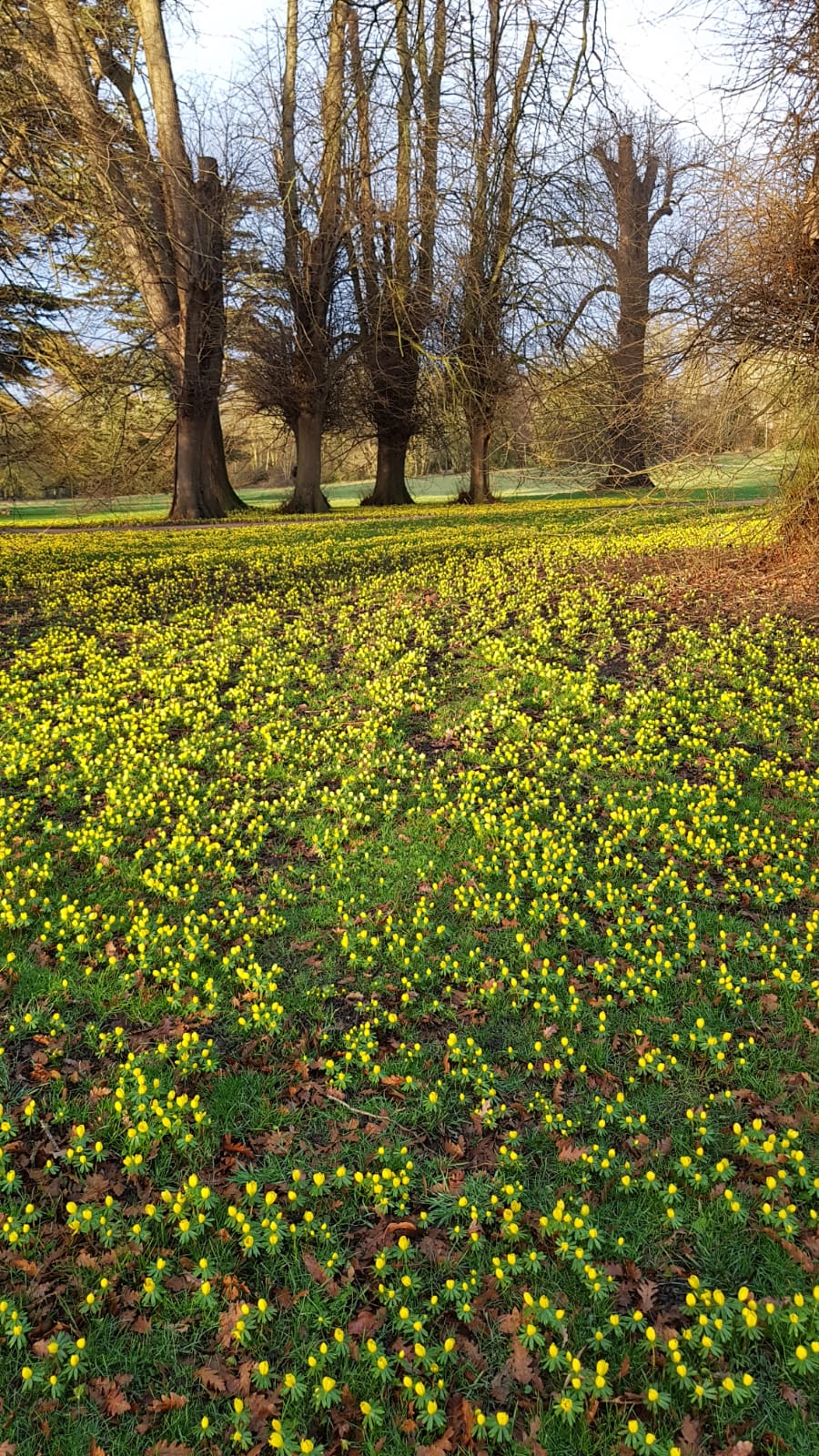

“We’re lucky because they have grown into a vast carpet at Compton Verney.’ says our Landscape Manager Fiona, “The lime trees here date from the early 18th century so the Winter Aconites may have been planted with them and spread or, they were planted en-masse by the Victorians later on.”.
The Winter Aconites have become a must-see for visitors craving an early touch of Spring and have had a great impact on people at Compton Verney for nearly a century.
Rosemary Lamb, who lived at Compton Verney before the second World War, wrote in her diary:
‘In the month of January, there was a most unusual sight under the limes. There was a carpet of yellow Winter Aconites, sometimes peeping out of the snow. I had never seen them growing elsewhere. It is a memory I treasure…’
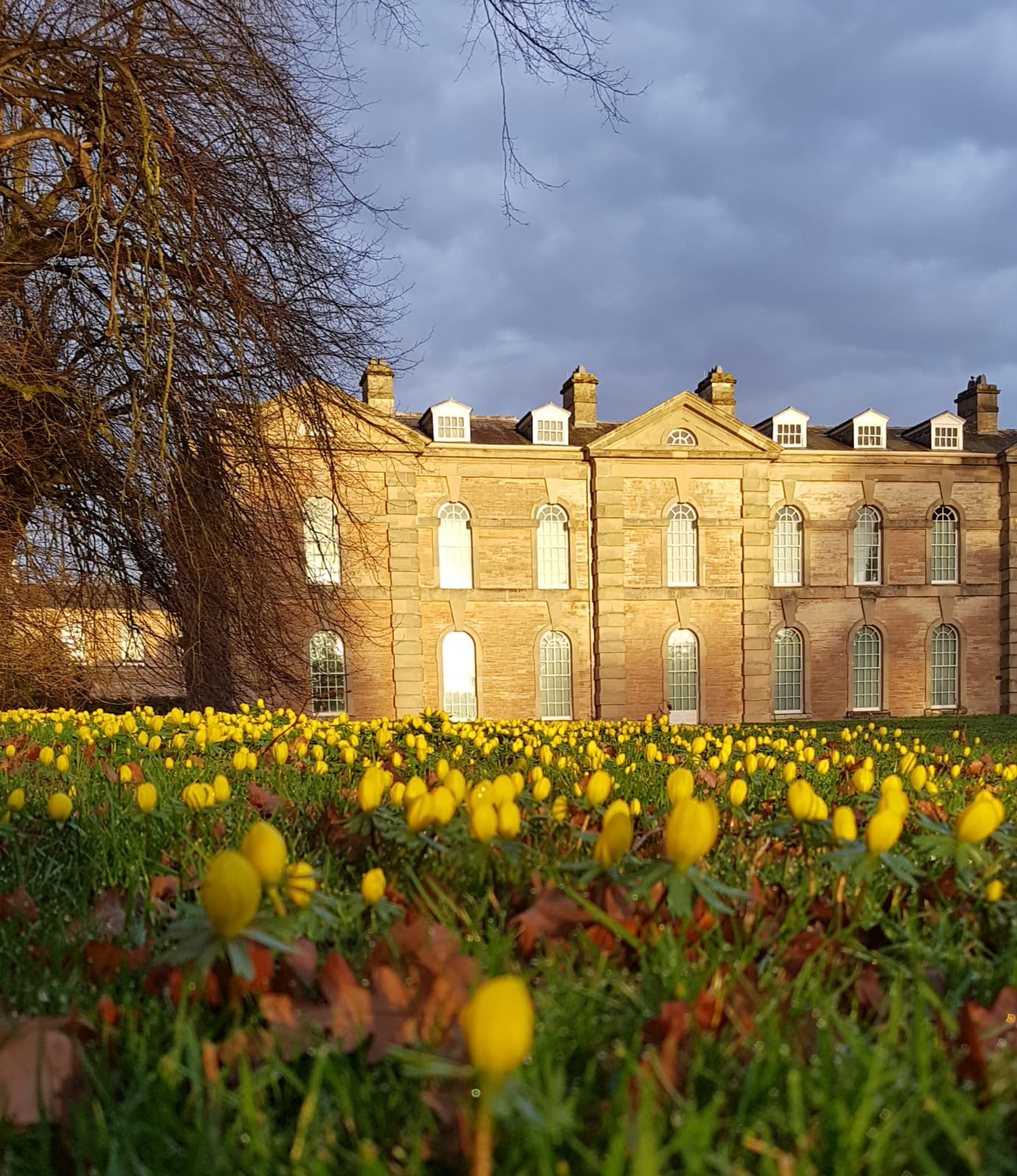
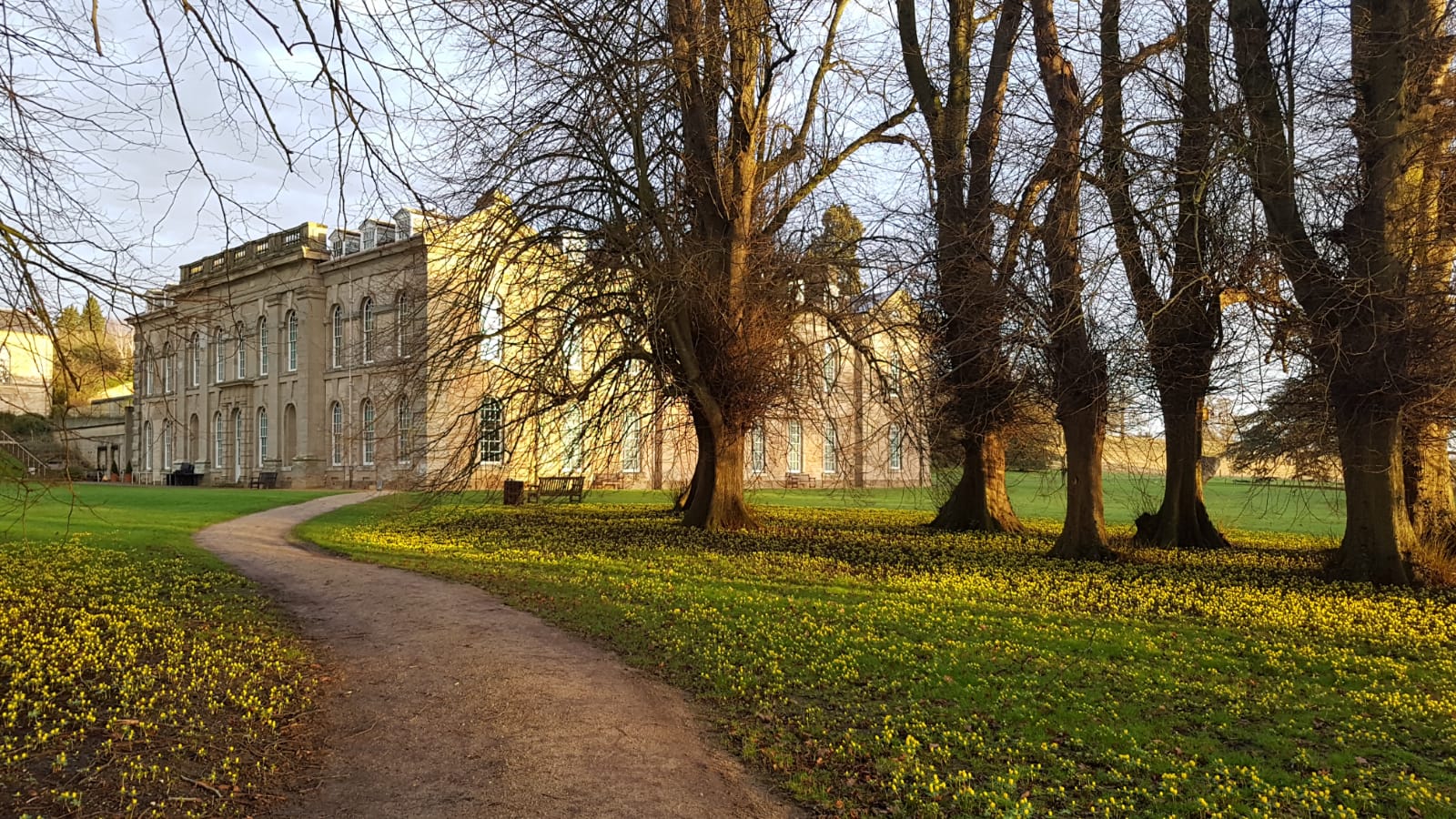
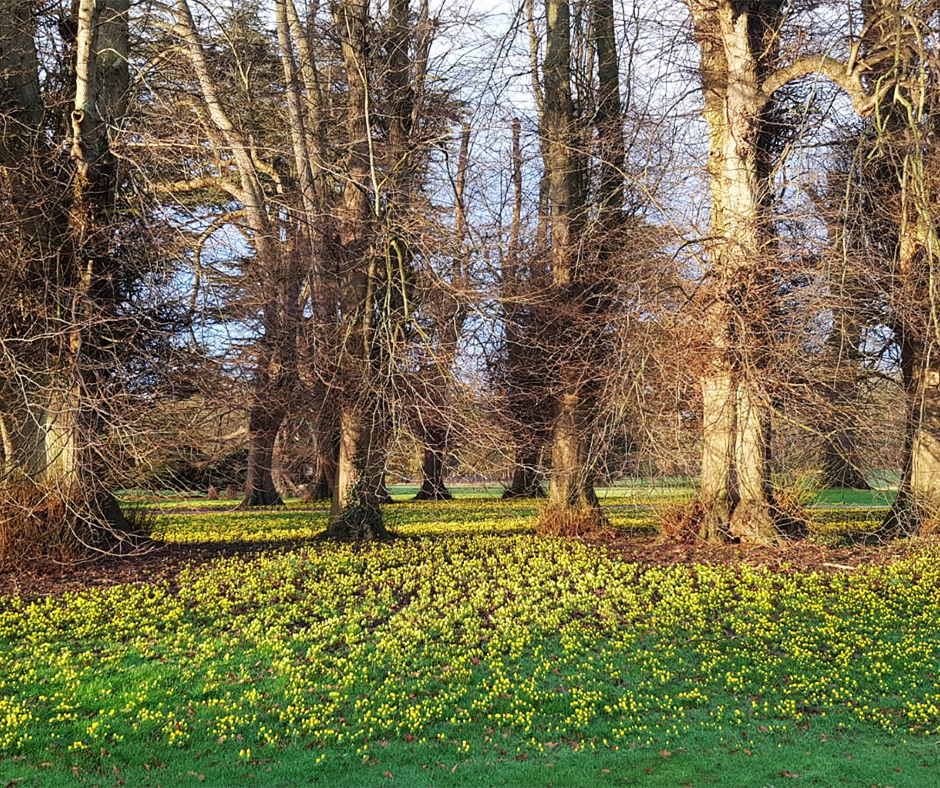
The Winter Aconites are in bloom now for 7-10 days in January. Visit from 10am-5pm, Tuesday-Sunday to see the ‘carpet of yellow’ for yourself and enjoy a day exploring the rest of our 120 acres and art galleries.
Plan your visit